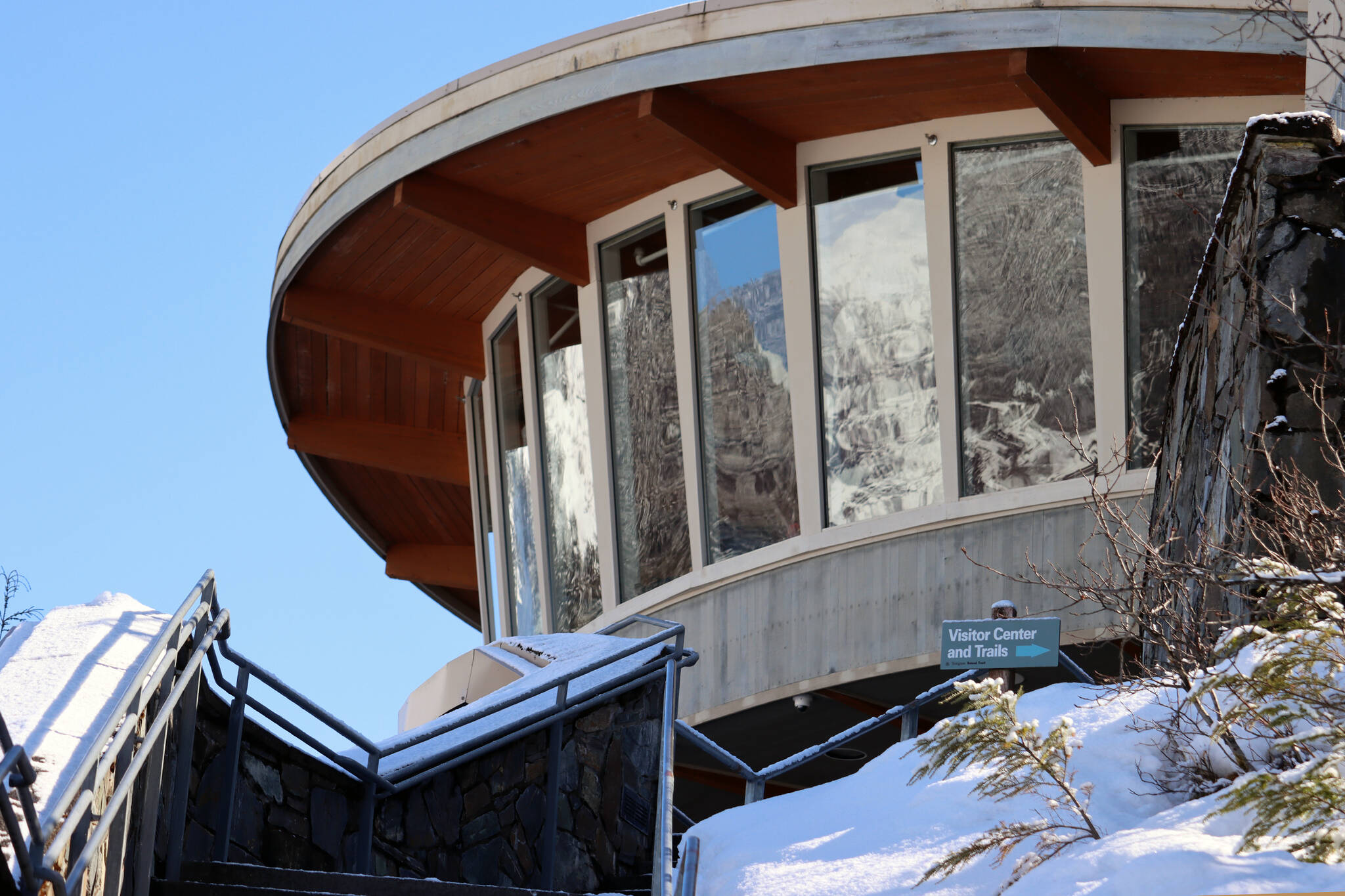By Katharine Miller
Go big or go home. The U.S. Forest Service has certainly taken this sentiment to heart with their proposed changes to the Mendenhall Glacier Recreation Area. It takes more than one time through the Forest Service’s DEIS for the MGRA to capture all the nuances, and at the end it is still difficult to grasp just how massive a change is being proposed. To begin with, the proposed action would:
Increase annual visitor capacity by 94% (from 543,000 to 999,000 people) and commercial allocation by 88% (from 492,190 to 869,130 people). This would be akin to bringing the entire populations of Seattle and St. Petersburg, Florida, to the visit the glacier every summer.
This large influx of people drives the proposed changes to the MGRA. Yet it is important to note that the Forest Service doesn’t regulate visitor access to areas it manages. It only regulates commercial access. If the commercial allocation is not increased, anyone who wants to can visit the glacier – just not necessarily on a commercial tour. The DEIS both increases commercial allocation and ramps up construction to meet the manufactured need. Highlights from the proposed action include:
An average of 25,680 round trip bus trips between downtown and the glacier per season (120 buses per day multiplied by 214 days). Anyone traveling by taxi, van, or another commercial operator would be in addition to this amount.
68% increase in CO2 emissions from visitor transportation methods. How will they incorporate that information into their discussions about climate change impacts on the glacier?
1000 people per day (214,000 per year) crossing the lake to the base of the glacier using 50-person capacity boats that will depart every 30 minutes.
Maintenance dredging of Mendenhall Lake to accommodate boats
586,360 visitors on boats and trails that pass within 850 ft of bird nesting areas
5.3 acres of parking — more than the total amount of space occupied by the valley Safeway store and parking lot (5.2 acres).
77,000 visitors per year to the Dredge Lakes Area. Before this DEIS there was no commercial allocation in this area.
A street-width (14 feet) paved trail around Mendenhall Lake
Blasting to construct a new West Glacier trail to accommodate a 65% increase in visitors
The Market Demand and Economic Analysis report unabashedly states that it was focused on “commercial users reflecting….the need for new revenue generation to design and construct new facilities.” Twenty-three cruise line representatives, transportation providers, tour operators, etc. were interviewed. This report notes that visitor satisfaction is high and not just because of the glacier, but because of the natural beauty of the area. Operators “are consistent in their recommendation of simple facilities that are sited and designed for minimum visual impact” and “(m)ost tour operators believe the entire experience needs to fit within an hour.”
So, whose demand/need is the Forest Service addressing? Not locals, who weren’t asked for input to the demand study. And apparently not the majority of visitors or tour operators either.
The vision for the MGRA in the existing management plan is for the area to be managed “principally for recreation use while retaining the area substantially in its natural condition. In the decision memo creating this plan, the Regional Forester stated: “It is important that there be an equitable distribution between commercial and non-commercial users…One of the primary features of the Recreation Area s the natural setting and wild character of this recently deglaciated landscape. I want to ensure that these natural resource values and visitor experience are not diminished and that existing and future non-commercial public use is not “crowded out” of the Recreation Area.” We are moving a long way from this vision, but it doesn’t seem like we are moving in a direction that anyone but the Forest Service wants to go.
Some improvements to the visitor center are necessary, but we can make those without ruining a place that tourists and locals alike love. Please join me in rejecting the proposed action and extreme measures in the DEIS. Ask your families, and friends, and social contacts to do the same. Comments are due April 18. https://cara.fs2c.usda.gov/Public//CommentInput?Project=53780.
• Katharine Miller is a 20-year resident of Juneau who lives near the glacier and enjoys spending time in the outdoors. Columns, My Turns and Letters to the Editor represent the view of the author, not the view of the Juneau Empire. Have something to say? Here’s how to submit a My Turn or letter.

